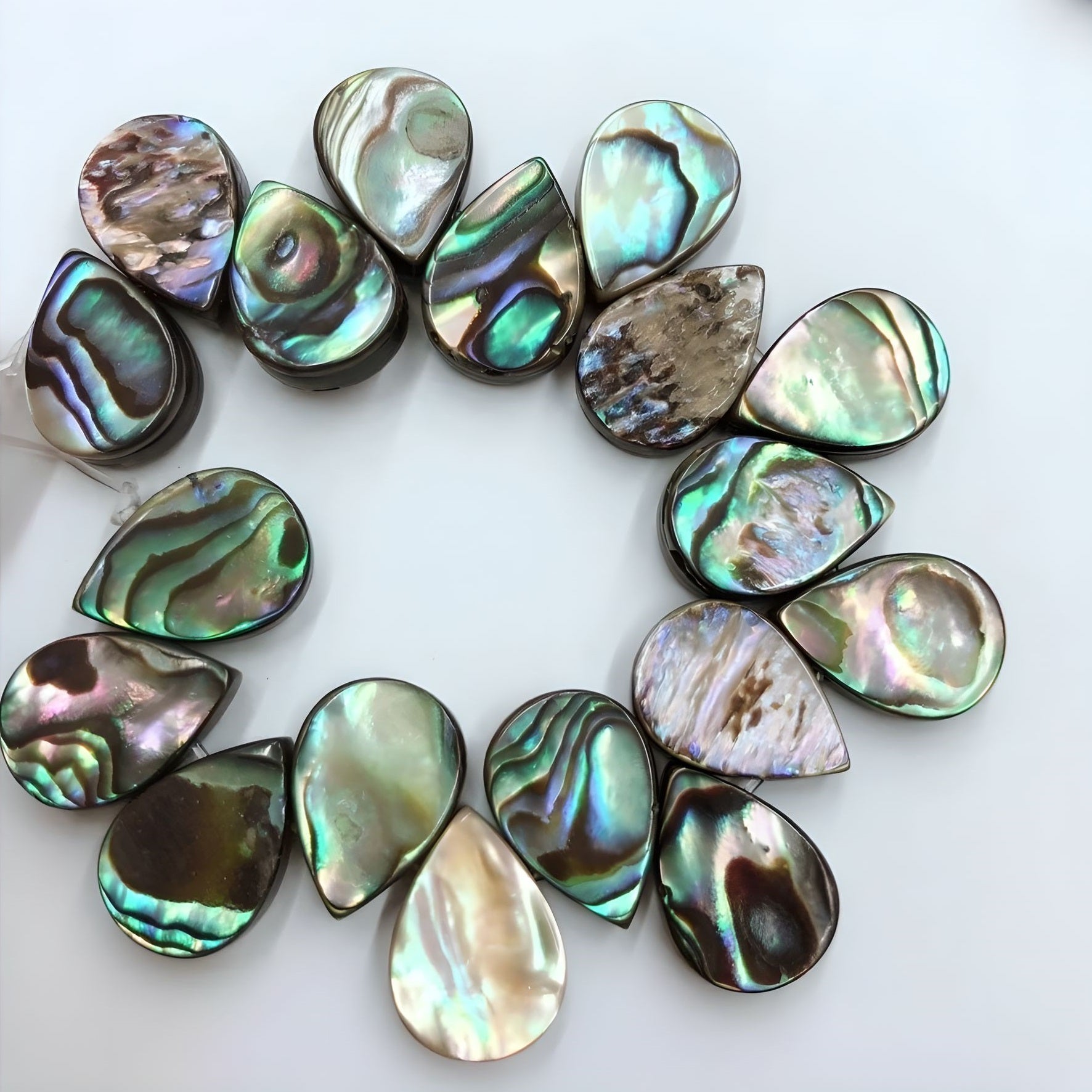
Abalone Pearls: The Future of Luxury Jewelry
Abalone Pearls: The Future of Luxury Jewelry
Introduction: A New Era in Pearl Cultivation?
Have you ever marveled at the iridescent beauty of pearls, contemplating how these gems of the sea come into existence? Traditionally, pearls have been associated with the bivalve mollusks of the sea. However, recent breakthroughs in aquaculture suggest that abalone, a type of gastropod, might soon join the illustrious ranks of pearl cultivators. But what makes abalone pearls special, and why should it matter to luxury jewelry enthusiasts? This article dives into the groundbreaking advancements in abalone pearl cultivation, shedding light on its potential impact on the pearl industry.

The Basics of Pearl Cultivation
Understanding Pearl Types
Pearls are formed when an irritant finds its way into the shell of a mollusk, prompting the creature to secrete layers of nacre around the invader. This natural process gives birth to the lustrous gems we cherish. Generally, there are three major classes of mollusks capable of forming pearls:
- Bivalves: The traditional pearl-producing organisms, like oysters, known for creating round, classic pearls.
- Gastropods: Includes abalone, which is gaining attention for its unique ability to produce vividly colored pearls.
- Cephalopods: Rarely considered for pearl production, given their different anatomical structures.
Introduction to Gastropods and Abalone
Abalone, a type of gastropod, differ significantly from their bivalve cousins. These marine snails possess a single shell and are widely recognized for their rich, flavorful meat. However, beyond their culinary value, abalones have recently revealed their potential as remarkable pearl producers.
Breakthroughs in Abalone Pearl Cultivation
Chile’s Red Abalone: A Case Study
Chile has emerged as a pioneer in the aquaculture of abalone pearls, particularly with the red abalone species. According to a report by Aquaculture Magazine, the abalone emits a natural iridescent nacre that can produce pearls with a unique kaleidoscope of colors, including purples, pinks, greens, and yellows. This breakthrough has captivated pearl enthusiasts and collectors worldwide, offering a novel alternative to the traditional palette of pearls.
Innovative Cultivation Techniques
Cultivating abalone pearls presents distinct challenges compared to traditional methods. The abalone’s mantle tissue, thinner than that of bivalves, requires precise handling during nucleation—the process of introducing a nucleus to stimulate pearl formation. Despite these challenges, technological advancements have significantly reduced waste rates, with the success rate of fully formed pearls soaring from 0.4% to over 7% between 2018 and 2023. Experts, such as those from Pearls of Joy, anticipate this figure to climb even higher in the coming years.
Economic Implications and Future Prospects
A Boon for Pearl Enthusiasts
The successful cultivation of abalone pearls might signal a new era of diversity in the pearl industry. For collectors and jewelry aficionados, this development offers a broadened horizon of colors and styles, many of which were previously absent from traditional pearl offerings. Additionally, with abalone pearls growing more accessible, jewelry designers can explore new creations, enhancing their craft’s artistic and commercial value. A comprehensive analysis by the World Jewelry Confederation supports this optimistic outlook.
Market Growth and Challenges
While the innovations in abalone pearl cultivation offer promising opportunities, they also introduce economic considerations. Current production cycles are longer, taking up to 24 months for an abalone pearl to mature—posing both a challenge and an opportunity for the market. However, with China holding 88% of the global export figures for abalones, the country stands to gain enormously if it capitalizes on these new techniques.
At the end: A Bright Future for Abalones
As the science of abalone pearl cultivation continues to evolve, so does the spectrum of opportunities for the pearl jewelry market. These luxurious gems from gastropods not only enhance the vibrancy of available pearl colors but could also redefine standards in cultivation efficiency. As countries like Chile and China forge ahead in this promising venture, the allure of abalone pearls is likely to echo far and wide, captivating the imagination and desires of luxury connoisseurs around the globe. Could this be the dawn of a new era in pearl jewelry? Only time will tell, but the horizon looks incredibly bright.



Leave a comment
This site is protected by hCaptcha and the hCaptcha Privacy Policy and Terms of Service apply.